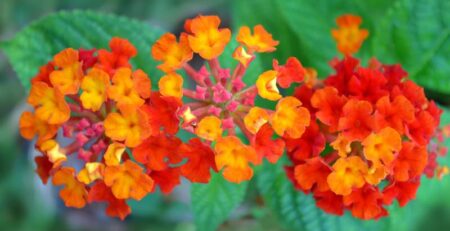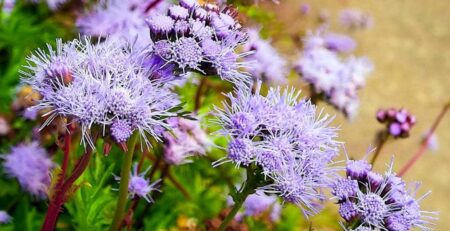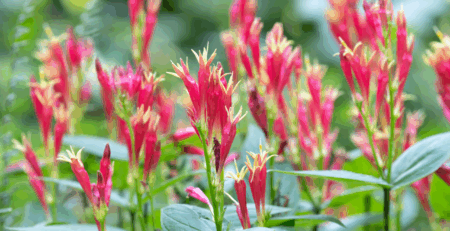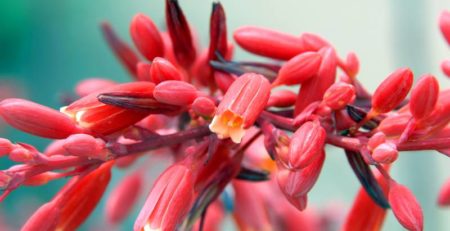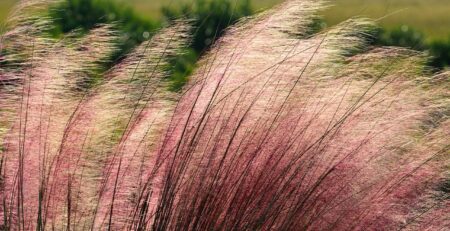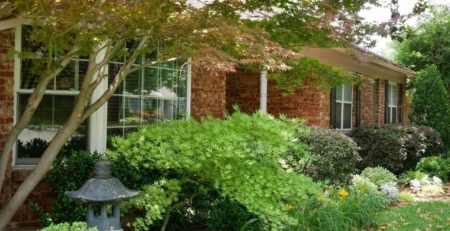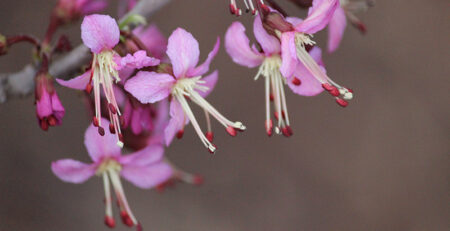Symphyotrichum oblongifolium, Fall Aster
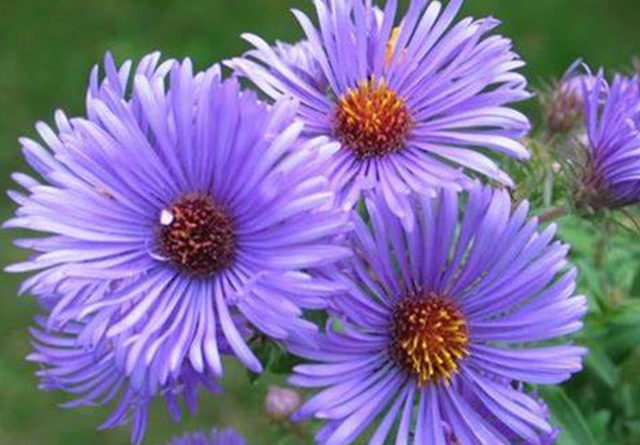
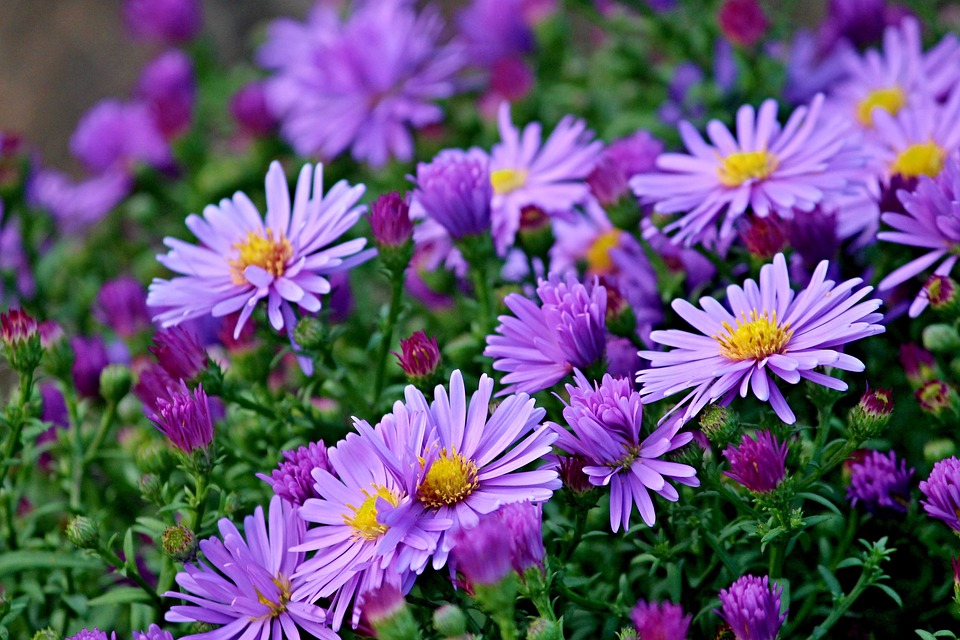
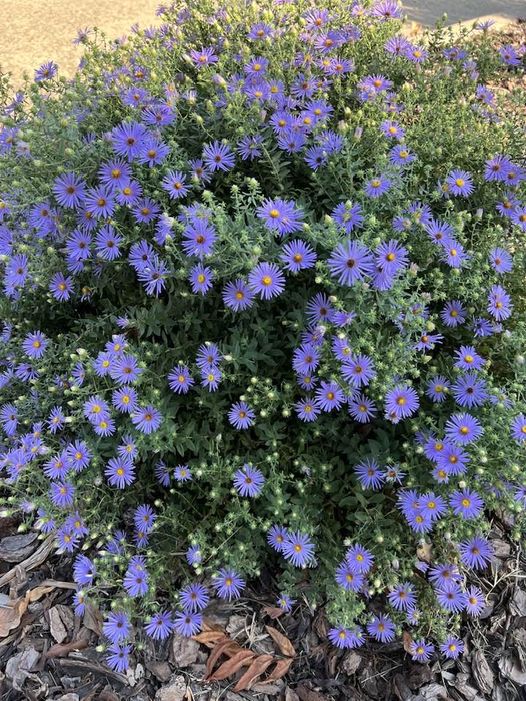
Botanical Name: Symphyotrichum oblongifolium
Common Name: Fall Aster, Aromatic Aster
Synonyms:
Category: Perennial
Family: Asteraceae
Lifecycle: Perennial
Lifecycle (Alt):
USDA Symbol: SYOB
Hardiness Zone North: 3A
Hardiness Zone South: 8B
Sun Requirement: Full Sun (6+ hours of sun per day)
Sun Requirement (Alt): High Sun (4-6 hours of sun per day)
Water Requirement: Low
Growth Rate: Medium
Maintenance: Low
Plant Adult Height: 1-3 ft
Plant Adult Spread: 2-3 ft
Plant Spacing: 2-4 ft
Soil Preference: Loam
Soil pH Preference: Slightly Acidic (6.1-6.5)
Propagation: Division, Seed, Stem Cutting
Attracts: Bees, Butterflies, Moths
Resists: Rabbit, Deer, Disease
Tolerates: Freeze, Drought, Clay Soil, Dry Soil, Heat
Miscellaneous: Tolerates Poor Soil, Wildflower, Native Plant
Description: Fall Aster, with the botanical name Symphyotrichum oblongifolium, is a cherished perennial that brings vivid bursts of color to late-season gardens. Known for its resilience and adaptability, it thrives in a variety of soil types, including dry and rocky terrains, making it an excellent choice for low-maintenance gardens. Its daisy-like blooms appear in late summer to autumn, showcasing a spectrum of colors—predominantly shades of purple with a striking yellow center—providing a delightful contrast against its dark green, oblong leaves. As an added benefit, these vibrant flowers are highly attractive to pollinators, particularly bees and butterflies, offering a welcomed bounty in ecosystems looking to extend activity into the cooler months. Despite its allure, Fall Aster is non-invasive and poses no threat to native plants; it maintains a balanced growth without overshadowing its neighbors in the garden. It also presents a marked resistance to deer, reducing concerns for gardeners in areas with prevalent wildlife. Another virtue of Fall Aster is its notable drought tolerance, making it an ideal candidate for xeriscaping. This plant’s low proclivity for disease and pests further emphasizes its suitability for residential gardeners looking for beauty with minimal fuss. In landscaping, its compact form can serve as a vibrant ground cover or be utilized in borders alongside other late-blooming plants like Sedum and ornamental grasses. This species can be distinguished from similar varieties by its uniquely oblong-shaped foliage and resilience to dry conditions, making it stand out among other asters. With no toxic qualities reported, Fall Aster can be considered child and pet-friendly, heightening its appeal for use in family-friendly garden spaces. Overall, Fall Aster’s combination of late blooming, pollinator attraction, and minimal maintenance needs make it an invaluable addition for gardeners seeking vibrant, eco-friendly late-season interest.
Propagation & Planting: To propagate Fall Aster, begin by collecting healthy stem cuttings in early summer. Choose stems that are 4-6 inches long and cut just below a leaf node. Remove the lower leaves, leaving a few at the top. Dip the cut end in rooting hormone to enhance root development. Plant the cutting in a pot filled with a well-draining potting mix, and water thoroughly. Cover the pot with a plastic bag to retain humidity and place it in a bright location but out of direct sunlight. Roots typically develop in about 4-6 weeks. Once well-rooted, gradually acclimate to outdoor conditions. For planting Fall Aster, select a site that receives full sun to partial shade. Ensure the soil is well-draining and somewhat fertile. Dig a hole twice as wide and the same depth as the root ball. Place the plant in the hole, making sure the top of the root ball is level with the soil surface. Backfill with soil and gently firm around the base. Water thoroughly to settle the soil around the roots. Space plants 18-24 inches apart to allow for adequate air circulation and growth. Mulch lightly around the base to conserve moisture and suppress weeds.
Plant Care: To care for Fall Aster, plant it in well-drained soil with full sun exposure for optimal blooming. Water moderately, allowing the soil to dry between waterings, as it tolerates drought once established. Mulching around the roots helps retain moisture and suppress weeds. Fertilize in the spring with a balanced, slow-release fertilizer to support growth, but avoid over-fertilizing to prevent legginess. Prune back stems in early spring to encourage bushy growth and remove spent flowers to extend the blooming period. Ensure good air circulation to prevent powdery mildew, a common issue with asters. Fall Aster is deer resistant and generally low maintenance, making it an excellent choice for borders and butterfly gardens. Regularly inspect for pests like aphids and treat as necessary with insecticidal soap.
Fertilize: For optimal growth of Fall Aster, fertilization is generally unnecessary if planted in well-drained soil with adequate organic matter. These plants are native to poor soils and excess nutrients can lead to leggy growth and reduced flowering. However, if soil is notably deficient, a light application of a balanced, slow-release fertilizer with an NPK ratio around 5-10-5 can be applied in early spring as new growth begins. Avoid high nitrogen fertilizers, as they promote foliage rather than flowers. Ensure not to disturb the plant’s roots while applying fertilizer, and water thoroughly afterward to prevent burning. If the climate is particularly dry, additional irrigation may aid fertilizer absorption. While over-fertilization can harm the Fall Aster, proper soil preparation and ensuring natural compost amendments can usually sustain its health and vibrant flowering without additional fertilizers.
Prune: To maintain healthy growth and enhance blooming, prune Fall Aster in early spring before new growth emerges. This timing allows you to remove any dead or damaged stems from the previous year, ensuring a strong start to the growing season. Cut back the stems to about 6 inches above the ground to encourage bushier growth and prevent legginess. Avoid pruning after midsummer, as late pruning could interfere with the flowering cycle and diminish the fall bloom. Additionally, refrain from pruning in late fall or winter, as leaving the stems intact can provide some winter protection and habitat for beneficial insects. Regular spring pruning will contribute to the vibrancy and longevity of Fall Aster displays.
Pest & Disease: To identify and treat common pests and diseases affecting Fall Aster, monitor for aphids, spider mites, and leafhoppers, which can cause visible damage, discoloration, and stunted growth. These pests may be treated with insecticidal soap or neem oil, applied according to product instructions. For severe infestations, consider introducing beneficial insects like ladybugs. Powdery mildew and rust diseases may occur in humid conditions, presenting as white powdery growth or rusty spots on foliage. To manage these diseases, improve air circulation by properly spacing plants and implement a regular watering schedule, focusing on the root zone while avoiding foliage. Remove and destroy affected plant material to limit spread, or apply a sulfur-based fungicide if needed. Additionally, root rot can develop in overly moist soil; ensure well-draining conditions and avoid overwatering. Regularly inspect Fall Aster for symptoms and apply treatments promptly to maintain plant health.
Attribution: This plant information is the copyrighted property of PlantTAGG, Inc. (www.planttagg.com) and is published with permission.
Link to Full Profile: https://m.planttagg.com/#/public/details?key=3BZ8HSKURW71YC1DS1OQD5BP5OH


